Departments
-
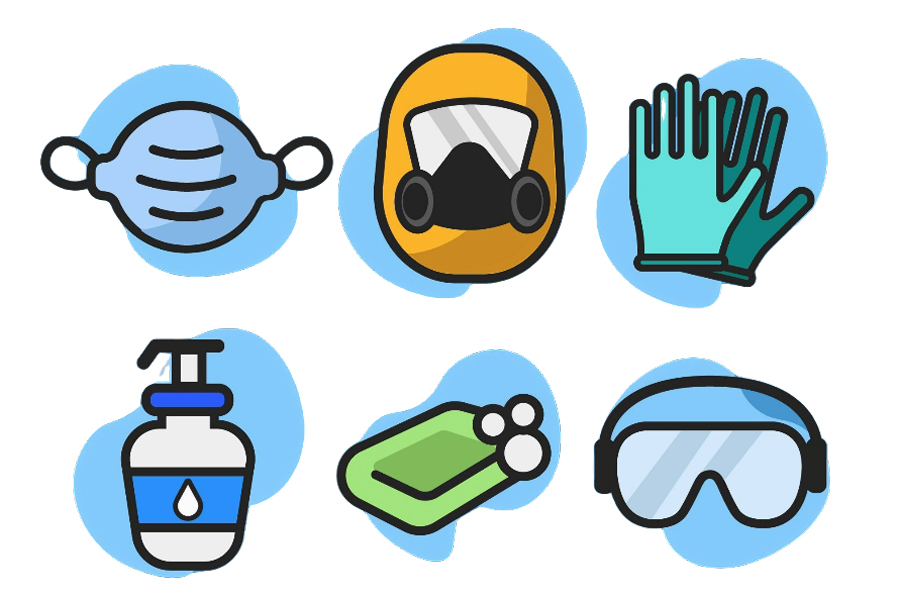 New
NewIf your home is affected by a flood or other water-related disaster, fabric and clothing can become contaminated by floodwater, airborne mildew, or sanitation system failure. This guide provides steps to safely clean salvageable clothing and fabric items in order to save money, reduce waste, and keep people safe.
Elizabeth Weigle
|
-
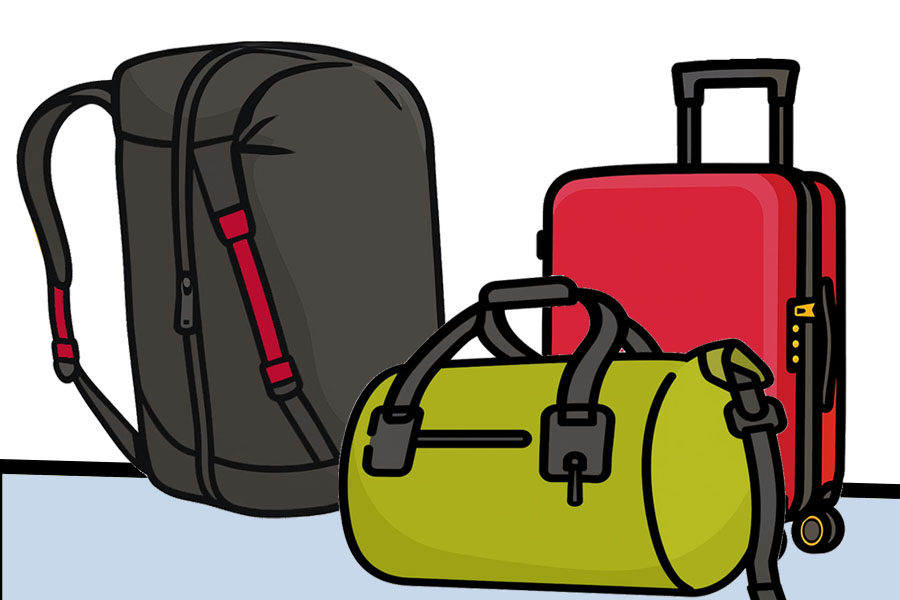
This guide helps Georgia residents at risk of flooding to collect and organize essential items into three bags to prepare your household for water-related disasters like hurricanes.
Elizabeth Weigle
|
-
 New
NewThis publication covers microfiltration, which is used for physical removal of contaminants from water. It describes how these processes work, their situation-specific usefulness/applications, maintenance needed for their proper functioning, and guidance for the consumers to select the appropriate filter.
Uttam Saha, Douglas Collins, Gary Hawkins, Pamela Turner, and Laurel Dunn
|
-
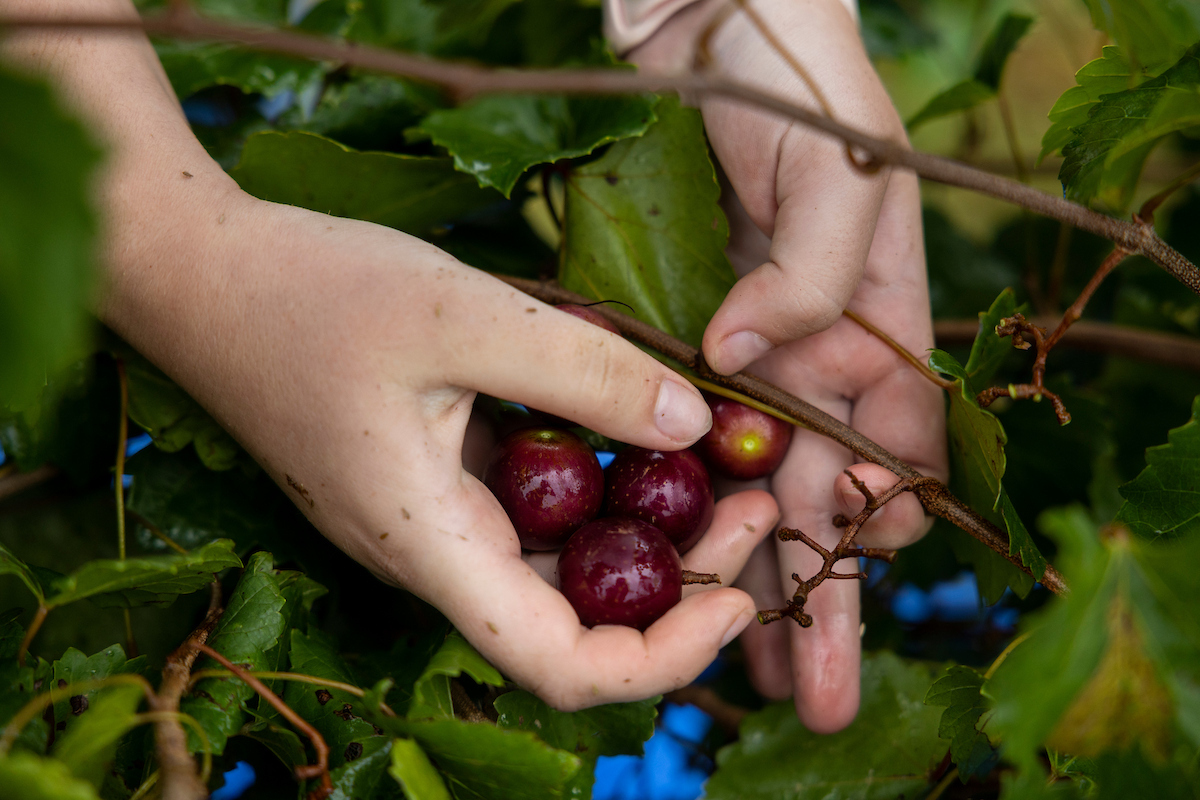
This resource will guide vineyard managers through tissue sampling to determine grapevine nutrition, which is the most reliable way to obtain information to guide fertilization decisions. We cover techniques and considerations to help make sure that vineyards can collect the material efficiently and effectively.
Sarah Lowder and Bijaya Ghimire
|
-
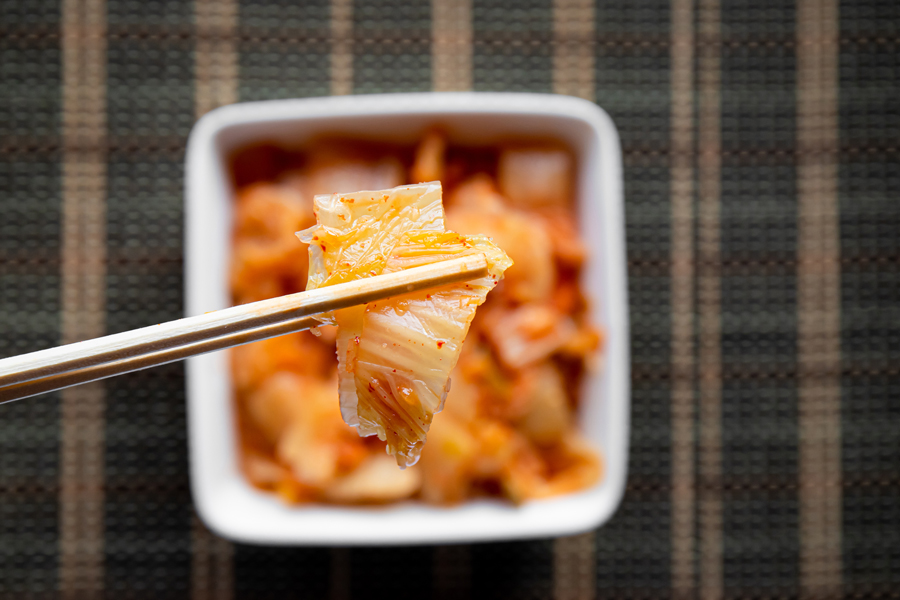
Kimchi is gaining popularity across the U.S. as part of a growing interest in international flavors, gut health, and home food preservation. This publication provides science-based guidance to help consumers safely prepare kimchi at home and offers nationally relevant, research-based information that can benefit Extension educators, health professionals, and consumers across the U.S.
Mallika Mahida, Sitara Cullinan, Kristin Ingmundson, Ines Beltran, Cecilia Tran, Sarah Henes, and Carla Schwan
|
-
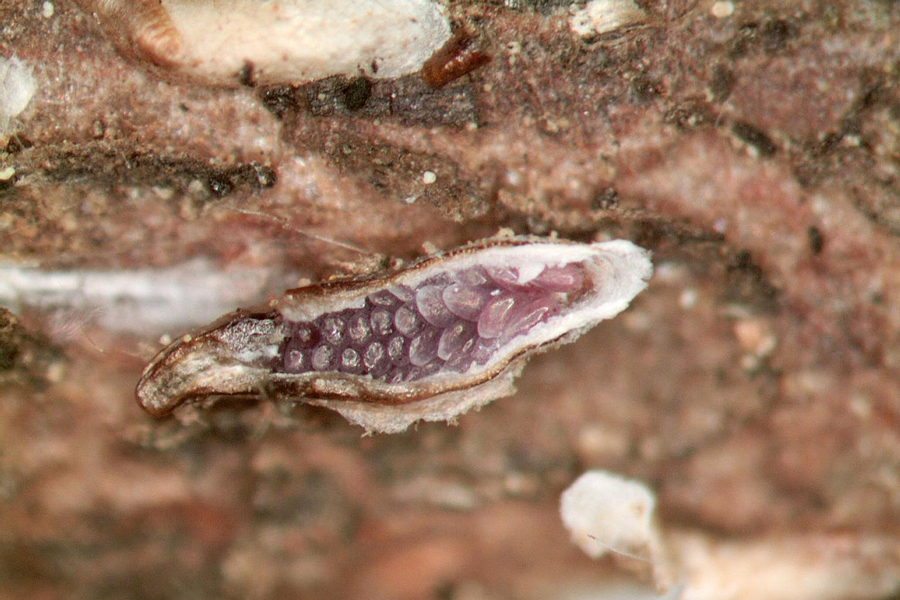
Japanese maple scale is an insect pest of Japanese maples and several other ornamental tree species that secretes a detached waxy shell that covers the body. Infested trees in the landscape reduce the value of the property, and in nurseries, an infestation affects the marketability of the trees. This publication covers identification and management of this pest.
William Hudson and Shimat Joseph
|
-

The fall webworm, Hyphantria cunea (Drury) (Lepidoptera: Erebidae) is a polyphagous caterpillar pest of ornamentals and trees in Georgia. “Polyphagous” means that it can feed on many types of food, and the fall webworm is known to feed on more than 600 species of plants, including row crops, herbaceous plants, shrubs, fruit, and ornamental trees in orchards, nurseries, and landscapes. Fall webworm larvae construct silk web nesting to facilitate feeding, to escape the attack of natural enemies, and for heat retention. The webbing is considered unsightly, and feeding on foliage inside the nest leads to extensive defoliation. The fall webworm can quickly reduce the aesthetic appeal of landscape trees and shrubs, and severe infestation can cause considerable damage to trees.
William Hudson, Shimat Joseph, and Fawad Zafar Ahmad Khan
|
-
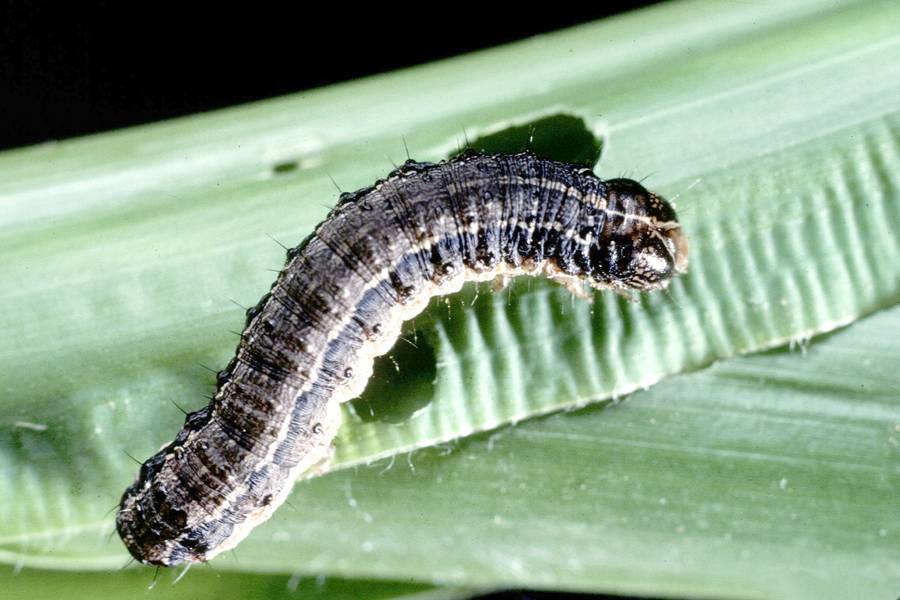
C 1130
Armyworms in Sod
It is not unusual for fall armyworms to infest newly planted sod in a home landscape, especially during late summer to fall. Not all fall armyworm problems originate from sod farms but instead begin near the home landscape where sod is installed. This resource explains the biology and seasonality of fall armyworm in Georgia and discusses possible management strategies to mitigate infestation.
William Hudson, Freddie Waltz, and Shimat Joseph
|
-
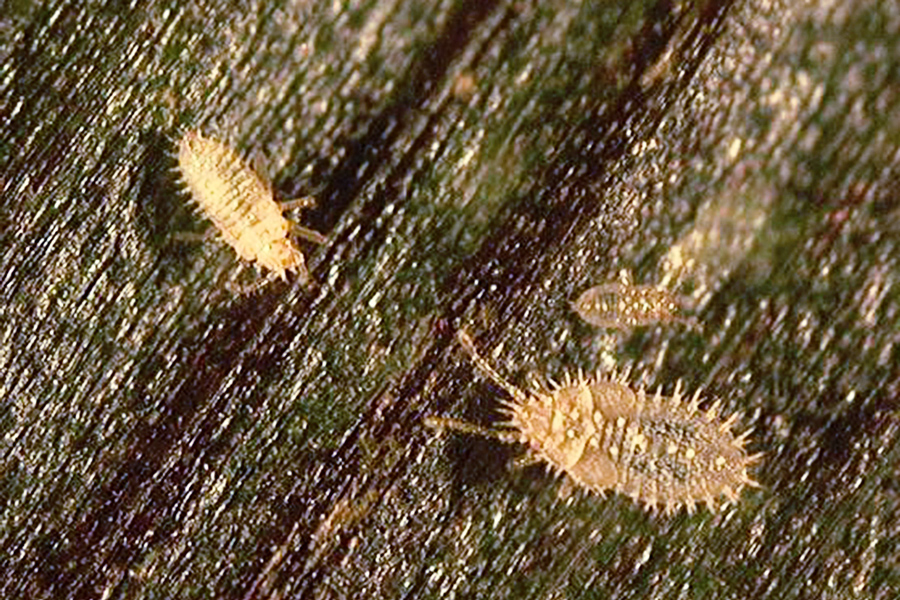
The grass lace bug is a pest of ornamental grasses in Georgia and thrives in warm, dry conditions. This publication provides information about how to identify and manage this pest.
William Hudson, Susan Braman, and Shimat Joseph
|